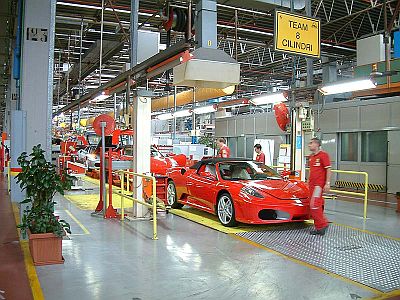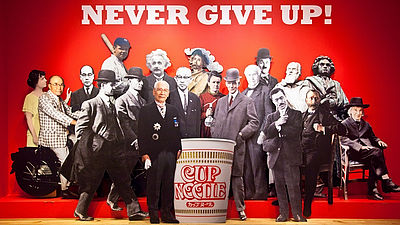What kind of history has YKK, the king of zippers, followed?

YKK: Japan's Zipper King-YouTube
Tadao Yoshida, the founder of YKK, was born in Toyama Prefecture. At the age of 20, he moved to Tokyo and started working at Furuya Shoten, which imports and sells Chinese ceramics. Soon after the Manchurian Incident, it became impossible to import ceramics, and Furuya Shoten began to shift its focus to sales of fasteners.

However, Furuya Shoten closed due to poor performance. In order to deal with the remaining zipper inventory, 25-year-old Mr. Yoshida launched a company called San-Esu Shokai.
At that time, most of the fasteners were of very low quality, and more than half were defective. Therefore, Mr. Yoshida started in-house production of fasteners and built a metal factory for it.

Unfortunately, in 1945, the Tokyo bombing raids burned down the factory, forcing Mr. Yoshida to suspend his business. Mr. Yoshida, who moved to Uozu, where he was evacuated, plans to rebuild. Here, Mr. Yoshida showed his company's products to an American who wanted to export Japanese products to the United States.
Mr. Yoshida felt the limitations of manual work and decided to purchase a machine from the United States for automation. After negotiating with the bank, we borrowed 12 million yen for the purchase cost, acquired four manufacturing machines, and built a modern fastener production factory in 1950. In addition, Mr. Yoshida asked Hitachi Seiki to create a replica of this machine, and succeeded in obtaining 100 new machines.

In 1960, we began exporting fastener parts to the United States, and in 1974, we opened a new factory in Macon, Georgia. Therefore, we started to produce zippers and distributed Made in USA zippers in the United States.

YKK was one of the first companies to introduce zippers that make teeth invisible and resin zippers that can be easily dyed in the colors designers like, and has gained a large market share around the world.

asianometry said, ``Some people may underestimate the small fasteners, but the production is as sophisticated as the web application. 100 years proves its sophistication,” he concludes.

Related Posts:
in Video, Posted by log1p_kr







